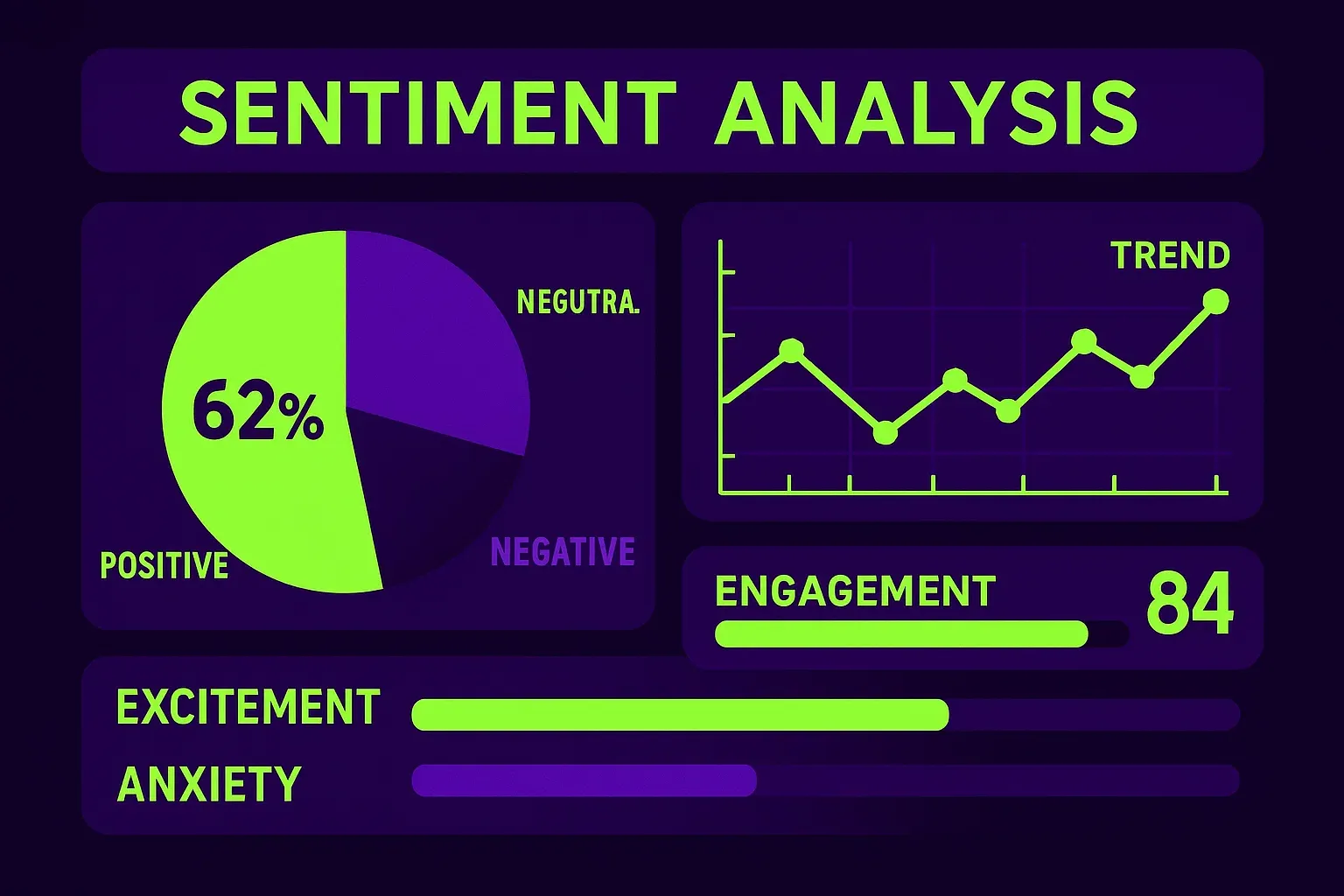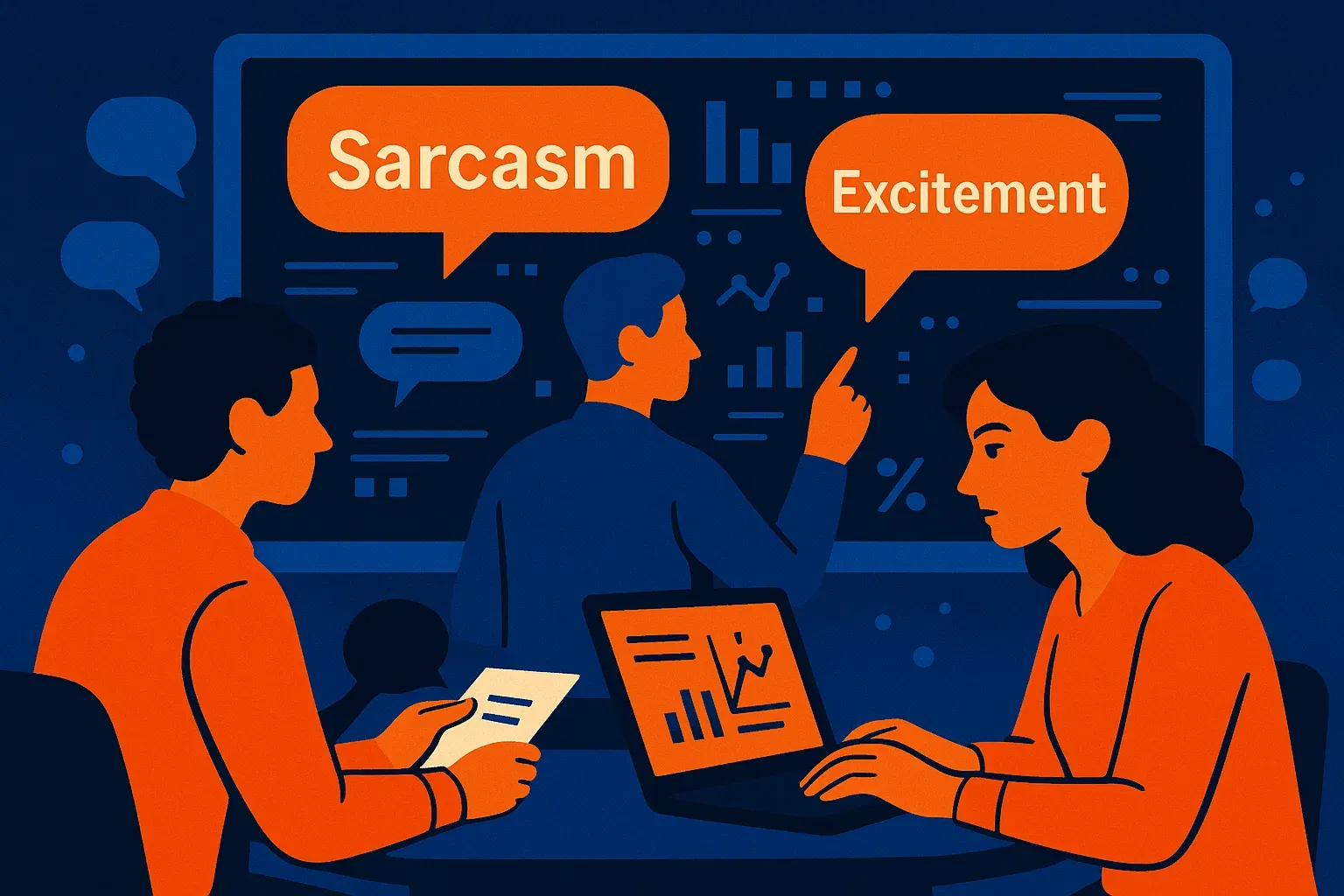Sentiment Analysis Secrets to Understand What Your Audience Really Thinks
In today’s digital landscape, numbers alone no longer tell the whole story. While likes, shares, and reach are helpful, they often miss the emotional context behind user engagement. That’s where sentiment analysis comes in—giving brands the power to understand not just what people say, but how they feel when they say it.

❤️ Why Sentiment Analysis Matters More Than Ever
Consumers today value authenticity and relevance. They reward brands that “get” them and walk away from those that don’t. Sentiment analysis allows you to tap into the emotional tone of conversations happening across your social media platforms. This insight lets you:
Anticipate public reaction to campaigns
Identify potential PR crises before they escalate
Tailor messaging to resonate with current moods
🧠 Going Deeper Than “Positive” or “Negative”
The best tools don’t just classify content into basic categories. Advanced sentiment analysis digs into nuance, tracking:
Sarcasm and irony
Emerging emotion trends (e.g., anxiety, excitement)
Sudden tone shifts after product launches or announcements
This gives your team the ability to adjust in real time and fine-tune campaigns based on actual emotional response, not just metrics.

📊 How to Use Sentiment Data Strategically
Here’s how smart brands are using sentiment analysis:
- Content calibration: Adjusting creative elements based on sentiment data
- Customer care: Flagging negative trends for faster support intervention
- Brand health monitoring: Measuring trust and reputation beyond vanity metrics
With the right tool, you can visualize these trends on a timeline, align them with campaign milestones, and truly understand the impact of your messaging.
🔧 Sentiment Analysis Tools That Deliver
Look for platforms that integrate sentiment capabilities with your analytics stack—tools like Abev.ai, which not only track what’s being said but decode emotional subtext and highlight where to take action.
🔚 Conclusion
Understanding your audience isn’t just about what they do, but how they feel. With sentiment analysis, you don’t have to guess anymore. You get the clarity to craft content, respond faster, and connect more deeply with data-powered empathy.